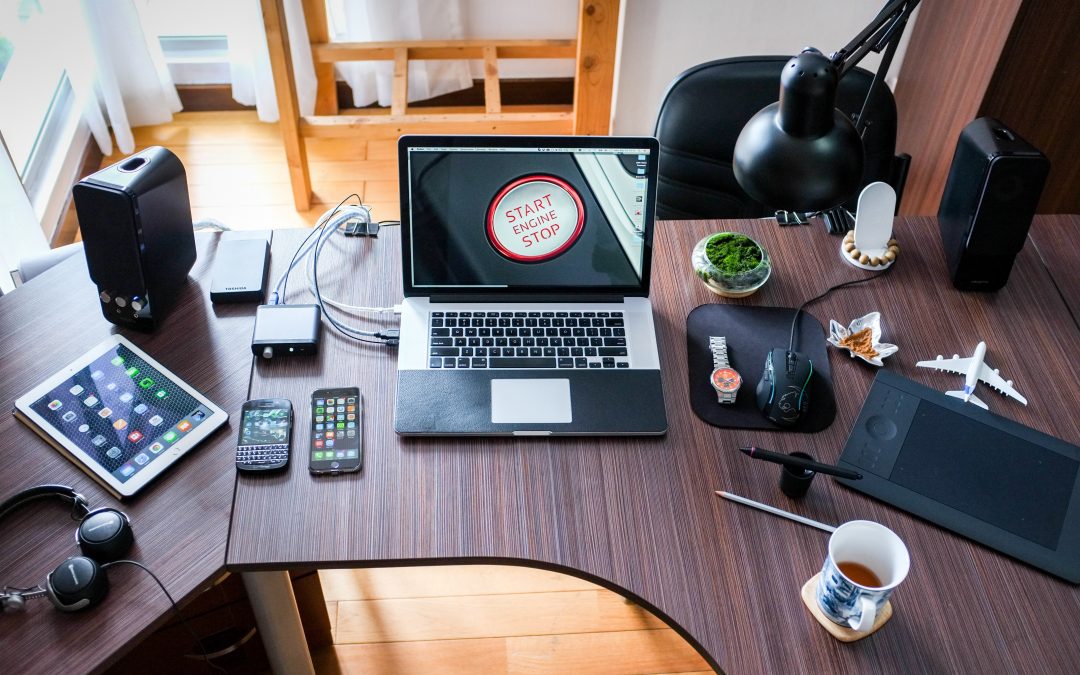In the past few years we’ve seen both Augmented and Virtual Reality explode from niche, gimmicky products primarily used for video games and the entertainment factor to the development of prototypes and functional technical tools that are powerful enough to make a real impact on the design process. If you’re looking at the future of design and prototype development, AR, VR and photorealistic 3D printing will be involved, making CAD a better design tool than ever before for the creation of picture-perfect 3D models.
With the advancements of these real-life fourth dimensions, how can we apply that evolution to the development of commercial projects? Here are just five reasons why you should consider next-generation technology for your design project.
1. Impress clients with realistic prototypes
As a relatively new technology, there’s still an air of mystery and excitement when it comes to showing off your new design for a building, vehicle or even prototype for a new product in three virtual dimensions. Whether you’re looking to impress partners you’re hoping to bring on to your project, or you want something a little more immersive than an unmoving image or even on-screen video, AR and VR are powerful tools of persuasion. And as the quality of CAD improves, as does the believability and quality of designs you can produce.
2. Pick up amends and issues in three dimensions
When working in an abstract form, whether it’s pen and paper or on the screen, ‘design blindness’ is something that can strike even the best design or prototyping team. Utilising photorealistic CAD technology, AR or VR in your design prototyping stages provides you with a better image of what you’re creating, and how it will interact with the world – which allows mistakes or amends to be caught earlier. Being able to see your design naturally from every possible angle can go a long way towards streamlining the design process.
3. Cement your business as one investing in future technologies
If you’re a forward-thinking company, then the latest technology, and how it will work with your product, is always on your mind. By introducing next-generation technology into your business strategy and planning, from design work to actual product use, you’ll be on the cutting edge of both entertainment and design – giving you a great perspective of what’s to come, and showing your partners and customers how modern you are. Invest in excellent quality CAD design and the accessories to use that technology correctly.
4. Make reviews and reports interactive and tangible
When working on prototyping and amendments to designs, especially with the little things, reporting these amends and reviewing the effectiveness of these changes can be challenging. An email with design documents might not quite have all the functionality of the original CAD design, so why not opt for a photorealistic 3D print to show precisely what you’ve been working on? Or by using AR or VR, you can give anyone a quick and easy tour of how things work in the virtual world – making reporting an easier task.
5. Create better products for less cost
The future of Computer Aided Design is in both photorealistic printouts, as well as VR and AR – so jumping on to the concept early not only saves you money initially but also puts you above your competition in the long term. The ability to create in a three-dimensional setting, or to outsource these designs but then be able to see the exact product for yourself, can speed up the design process, make alterations less costly and overall reduce the overhead involved in prototype and project design work. Creating new products doesn’t have to be as expensive as it is, regarding both materials and time.
If you’re looking for a company who is forward-thinking when it comes to prototype and design work, then Restoric Design might be the perfect fit for you. Our cutting-edge CAD design work and innovative team members can help turn your ideas into real, tangible products that you’ll love. Contact us today to find out more.



